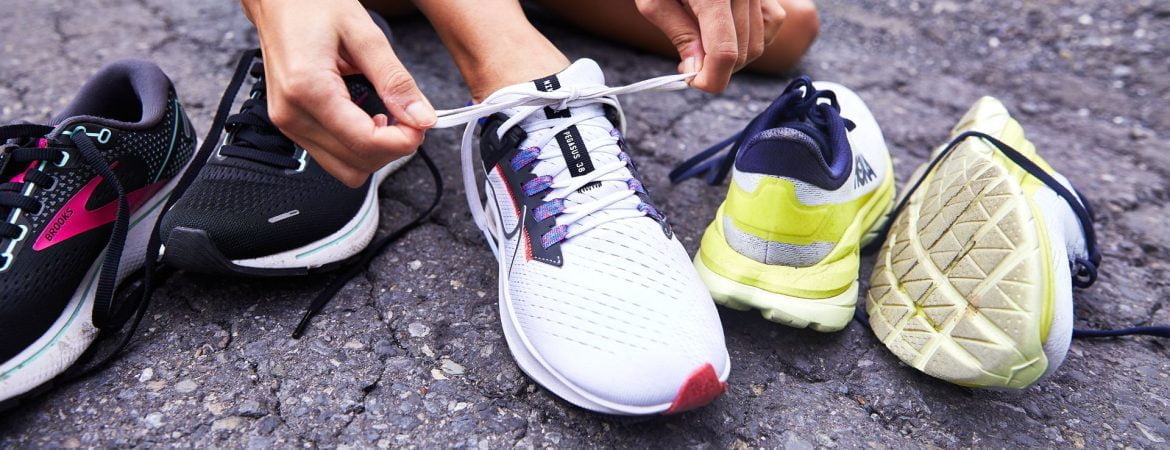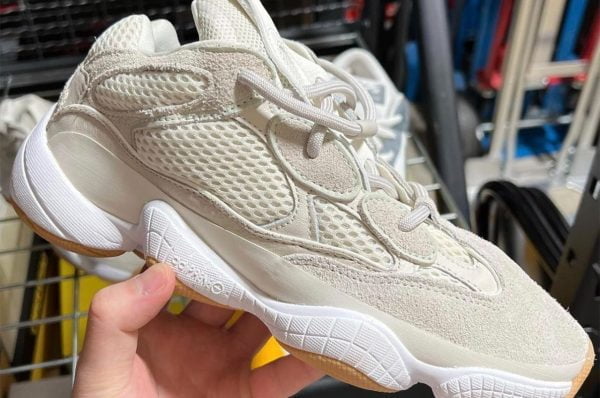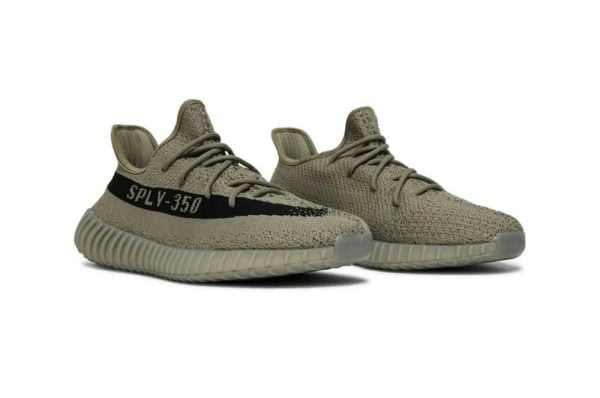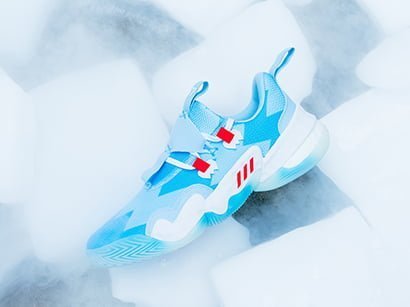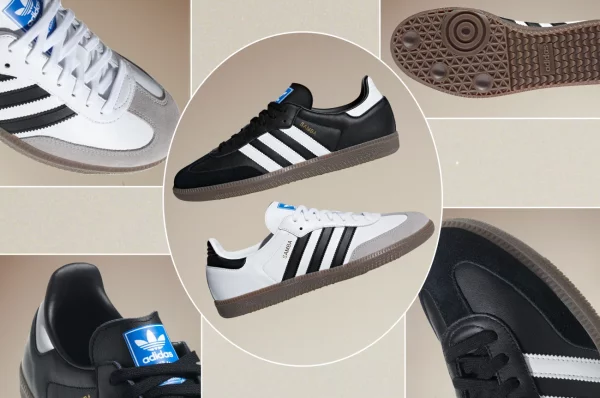4 tips for buying soft running shoes
When shoes are soft you usually have the “ahhh” moment when you put them on for the first time. This is why softness is highly related to the perceived comfort.
However, if shoes were only soft, they would feel squishy and they would tire your leg muscles when running. This is when the spring or “pop” enters the scene: brands make the foams not only soft but also resilient. Seems that finding a soft midsole that’s responsive is a jackpot in the world of running shoes.
When buying soft running shoes, pay attention to:
- The ride. It should be responsive and not dull. Otherwise, your legs will get tired sooner. The responsive ride can be accomplished using a) responsive foams or b) carbon or nylon plates that are inserted into the midsoles.
- Stability. Some soft shoes tend to work well only when running straight and completely fail at sharp turns or on uneven terrain.
- The weight. Softer running shoes tend to weigh more so make sure they don’t weigh you down. Heavier shoes will slow you down as we’ve shown in our guide on shoe weight.
- Support. 90% of plush shoes are neutral as per our database. They are not a good choice for runners with moderate or severe overpronation. Make sure you get the support you need (it can be in the form of dual-density midsoles, stiff heel counter, reinforced midfoot area, guide rails, rollbar, medial post, etc.).
How soft should you go?
It’s important to find the optimal midsole softness: too soft and it might go from attenuating impact forces at heel contact to muscle fatigue which could decelerate the body (as explained here). If your legs start aching sooner than in your previous shoe pair, or you can’t maintain the familiar pace, you might have gone too far.
Injury risk in soft running shoes
Midsole hardness doesn’t influence running-related injury risk, as it was shown in a study that followed 247 runners for 5 months in hard (114 runners) and soft (134 runners) running shoes.
Another study involved 848 recreational runners and gave each participant a soft or a hard running shoe. They found that the injury risk was higher when running in hard running shoes, but it was noticed only in lighter runners.
Caution when buying maximalist running shoes
Runners looking for that super soft feel tend to choose maximalist running shoes. While they usually deliver the softness, they also come with a few things worth paying attention to:
- They cause a higher rate of peak loading and impact forces which means the joints and tissues end up doing the job. This might increase the injury risk.
- Highly-cushioned maximalist shoes change the spring-like mechanics of running and amplify rather than attenuate impact loading.
- Runners in maximally cushioned running shoes didn’t have a different running economy than when they ran in neutral cushioning shoes.
- However, new technologies allow runners to improve their running times thanks to resilient foams and carbon plates.
